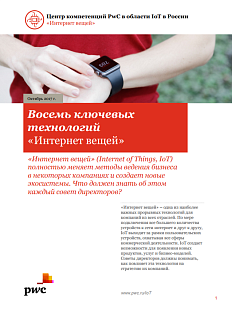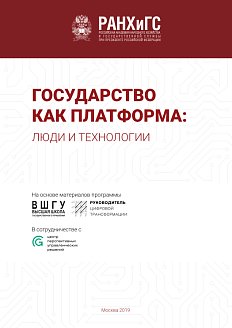When will drivers behind the wheel become obsolete?
We see automation as a spectrum of different functions, each of which assists the driver or operator to varying degrees. On the far end of the spectrum we have vehicles capable of highly or fully automated driving under the right conditions, which do not require a human operator. We see great potential value in these solutions. But we believe the idea that drivers will become obsolete is a fundamental misconception. The purpose of automation is to maximize productivity and efficiency in the transport mission, and in many cases humans are better at that than machines. What we are really aiming to do, therefore, is find the optimal mix of human and machine control. In most cases, this means systems that step in and automate certain tasks or parts of the operation.
Where are we likely to see the highest levels of automation in transport?
It is likely that we will see a growing number of highly automated solutions emerging in the commercial transport sector — but in controlled, confined areas, like mines and terminals, since these present less demanding technical and safety challenges. Conventional and automated vehicles will also co-exist on the roads over the long term.
The Boston Consulting Group (BCG) predicts that by 2026, the market for self-driving cars could be worth around 42 billion dollars. It is expected that autonomous vehicles will account for as much as 12–13% of global sales: in other words, somewhere in the region of 14 million self-driving vehicles will be produced, 500,000 of which will be fully autonomous. McKinsey Global Institute is even more optimistic, suggesting that driverless cars will achieve a market share of 15–20% by 2025
How will automating transport impact the transport services consumption model?
In the long haul, we are most likely to see continued implementation of automation combined with stepwise electrification of vehicles to meet zero emission aims. In city applications, we expect a more rapid transition to fully electric vehicles, while increased connectivity will improve safety and offer better integration with urban logistics. In urban transport networks, we anticipate a trajectory similar to that seen in the city bus segment: a push to eliminate harmful emissions and increase connectivity.
The main benefit of automation from the point of view of urban freight transport is the potential that this technology holds for improving efficiency. Urbanization is a very strong trend and demand for transport, including in urban areas, is growing rapidly. Automation is one key to making this growth possible and sustainable. We can extract higher utilization from each vehicle and optimize the flow of goods, people, and traffic in a much more holistic way.
Volvo Group is a leading international manufacturer of trucks, buses, construction equipment, and marine and industrial engines. The company focuses on automation and the latest technology, and is a leader in this sector. In 2016, Volvo’s fully autonomous truck was the first in the world to be tested in operations deep underground in the Kristineberg Mine. The Swedish company also trialled a self-driving refuse truck in 2017
Can you imagine an apocalyptic scenario where self-driving vehicles run outside human control?
No. Contrary to what some opponents of automation believe, we are not talking here about creating an entire fleet of self-governing vehicles. Automated vehicles must be completely capable of performing their assigned tasks on their own. This means that they will be in constant dialogue with all vehicles around them and with all infrastructure. If they run into problems and find they cannot make a decision, they need to be connected to a control centre for support and possibly even remote assistance. We definitely don’t want a scenario where traffic is unpredictable and uncontrolled. These two elements are in fact the very enemies of transport efficiency and productivity.
Will autonomous trucks cost more and are customers prepared for that?
The transport sector is very rational. It is the total cost of ownership which determines the value of our solutions to our customers. This is what makes automation a highly interesting business prospect. Partial automation requires less investment but still yields significant efficiency and productivity gains. We also predict reduced wear and tear, as well as fewer crash-related costs. Highly automated solutions, which may not require a human operator, can generate even greater economic benefits for transport companies. We are already seeing huge demand for the new technologies and we are striving to provide our customers with solutions that will boost their business and transport operations.
Source: SPIEF-2018 Official Magazine






